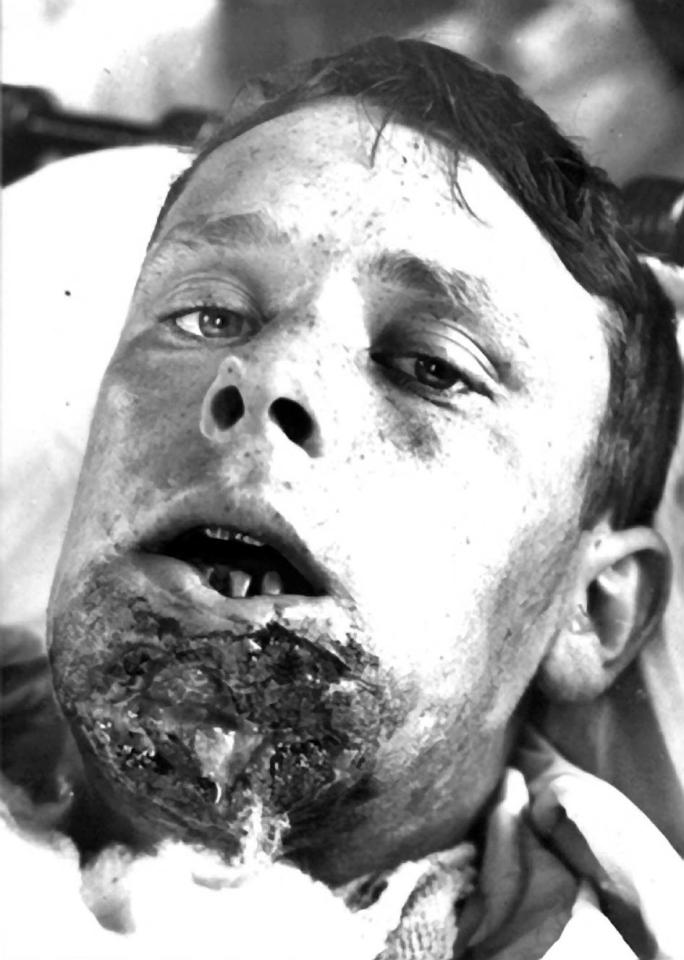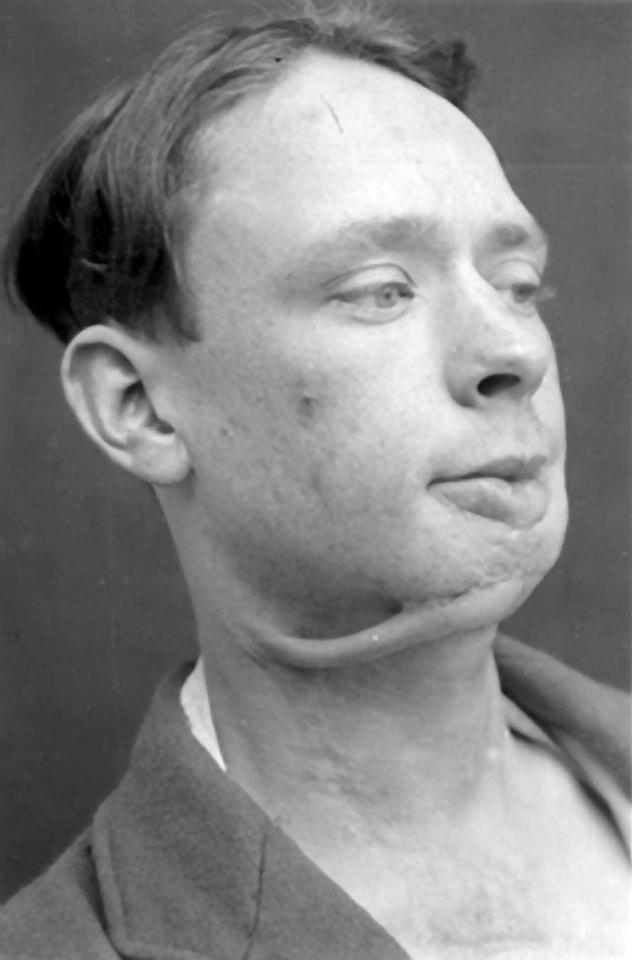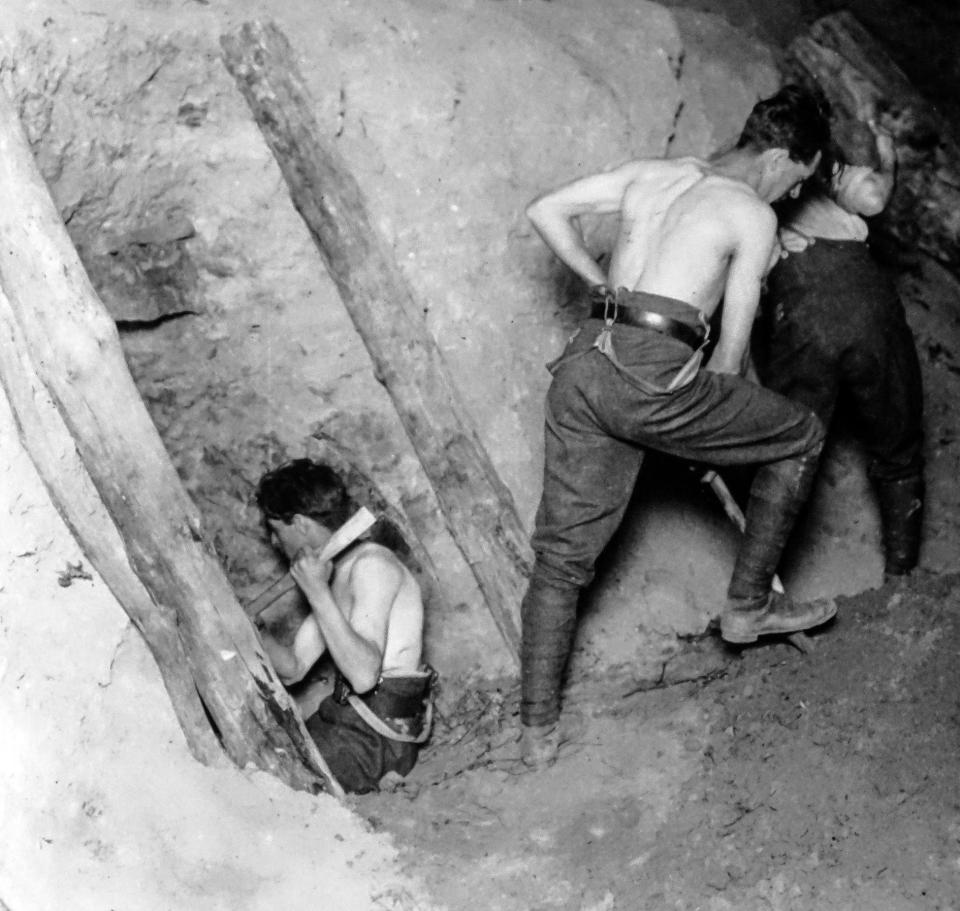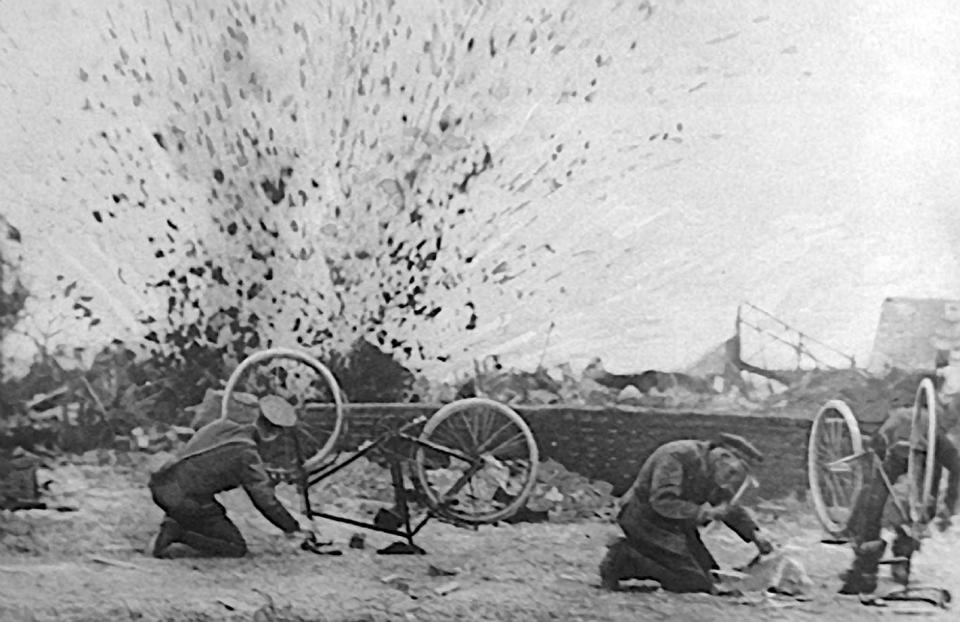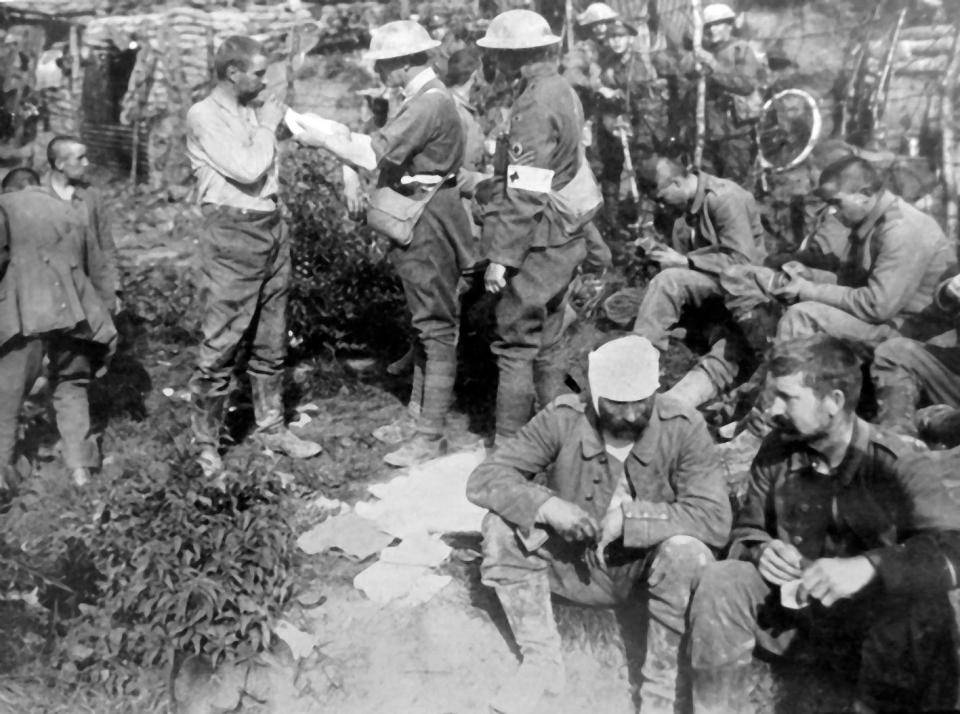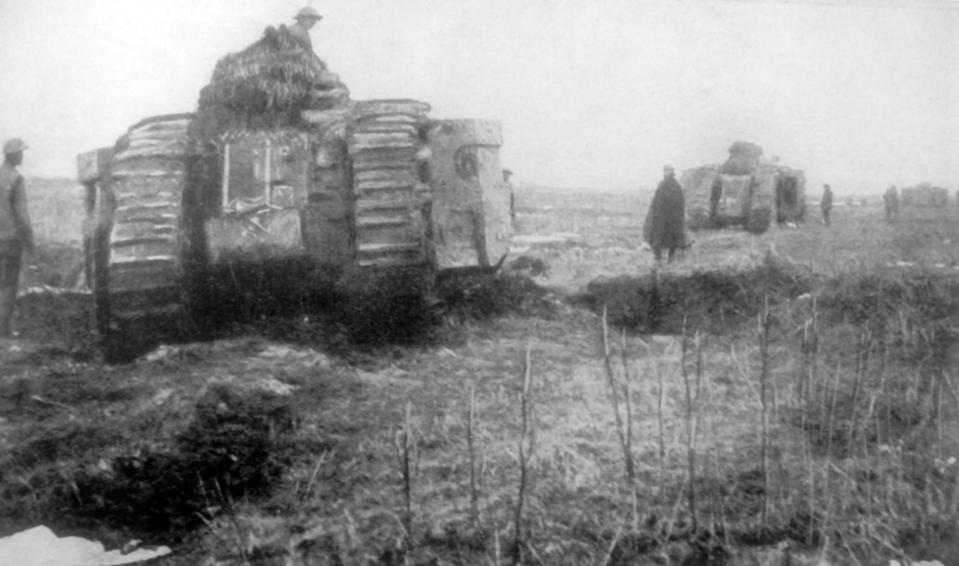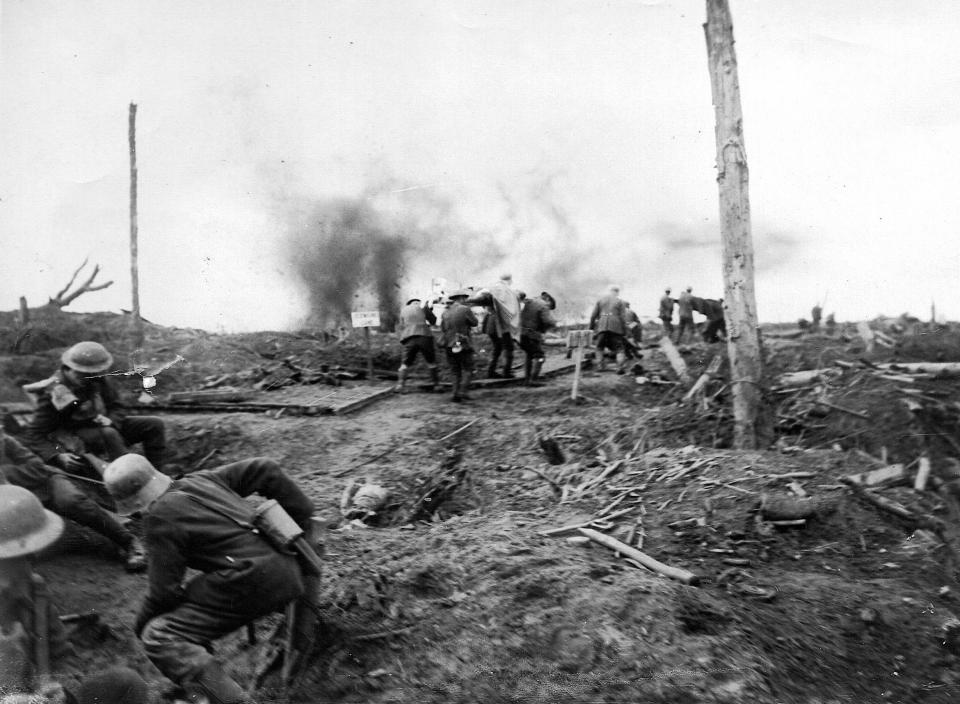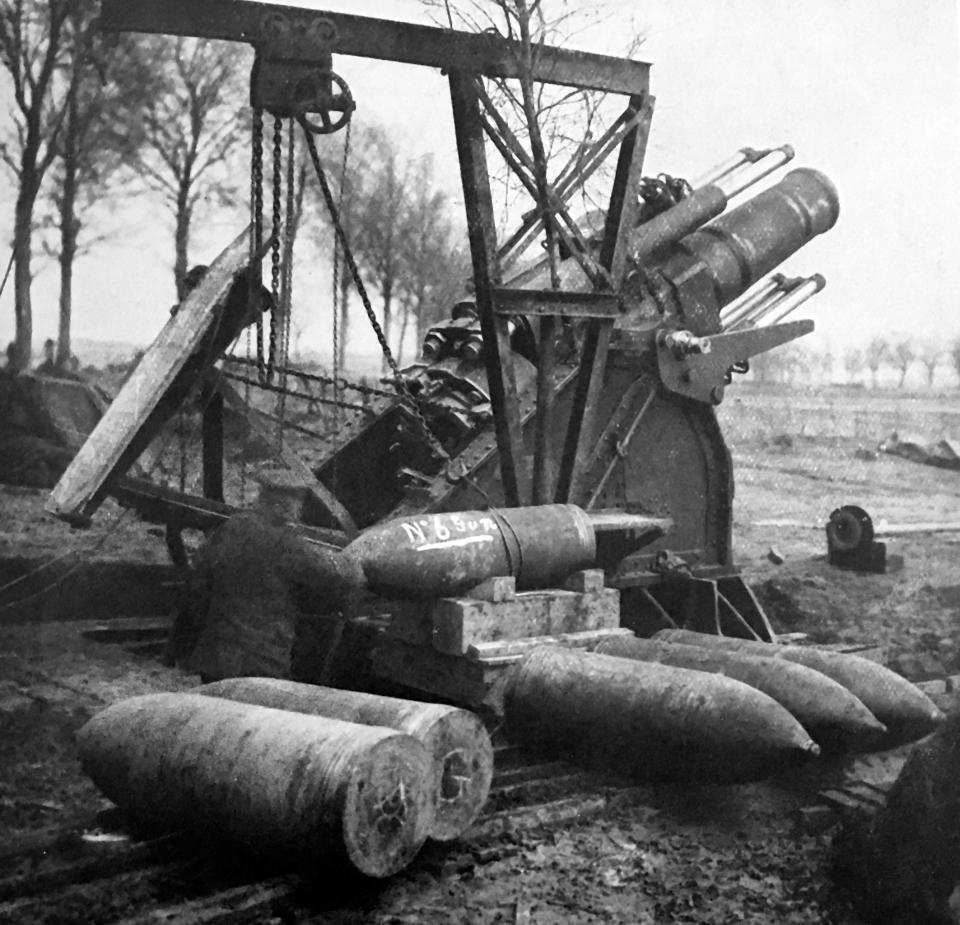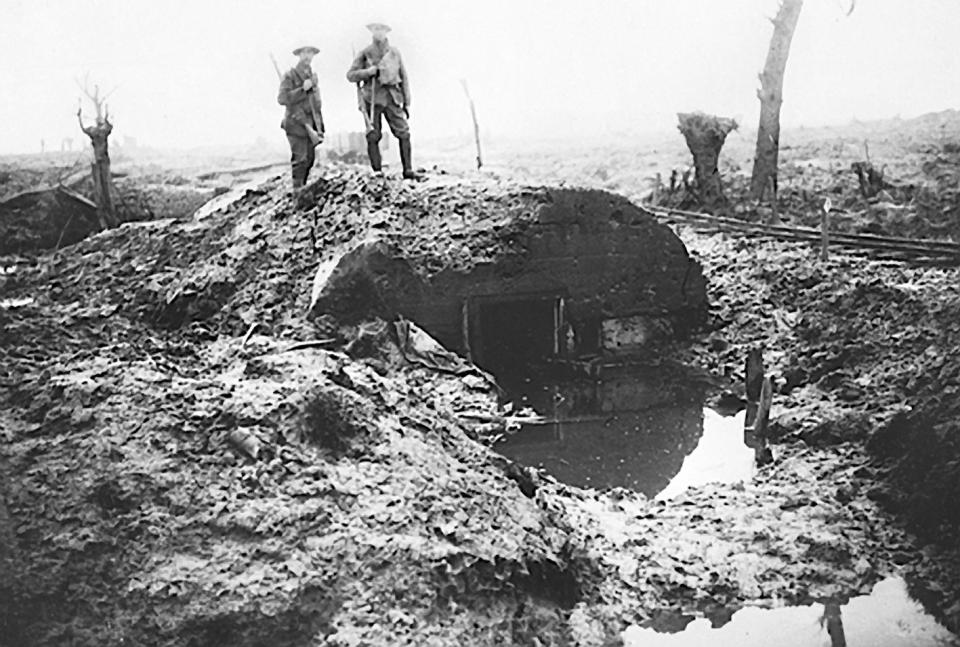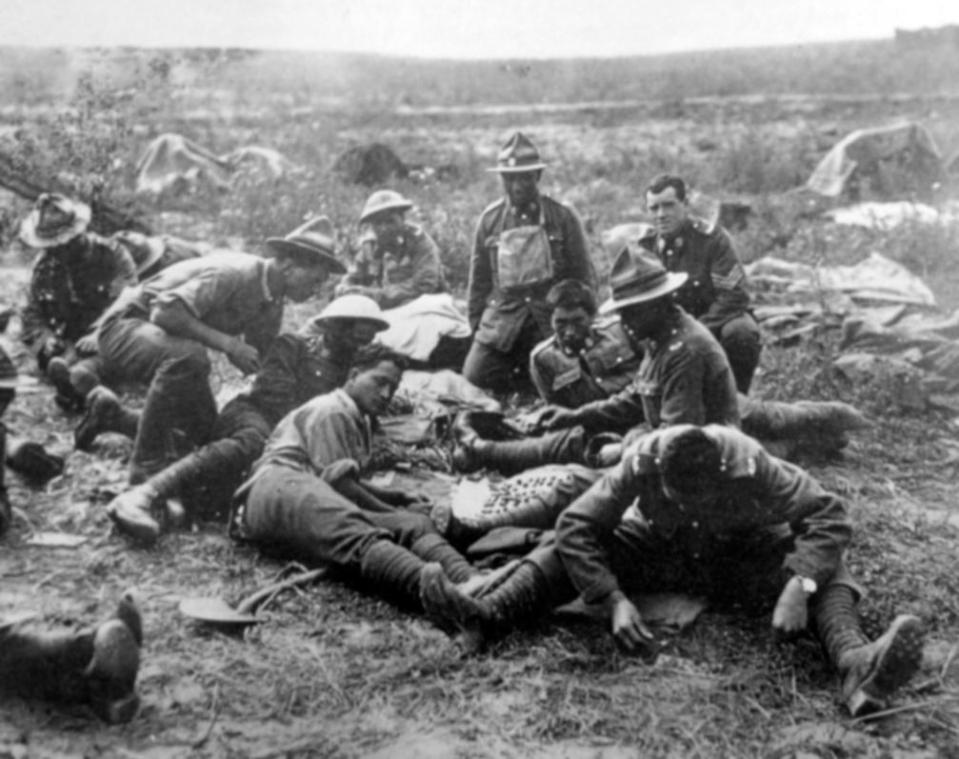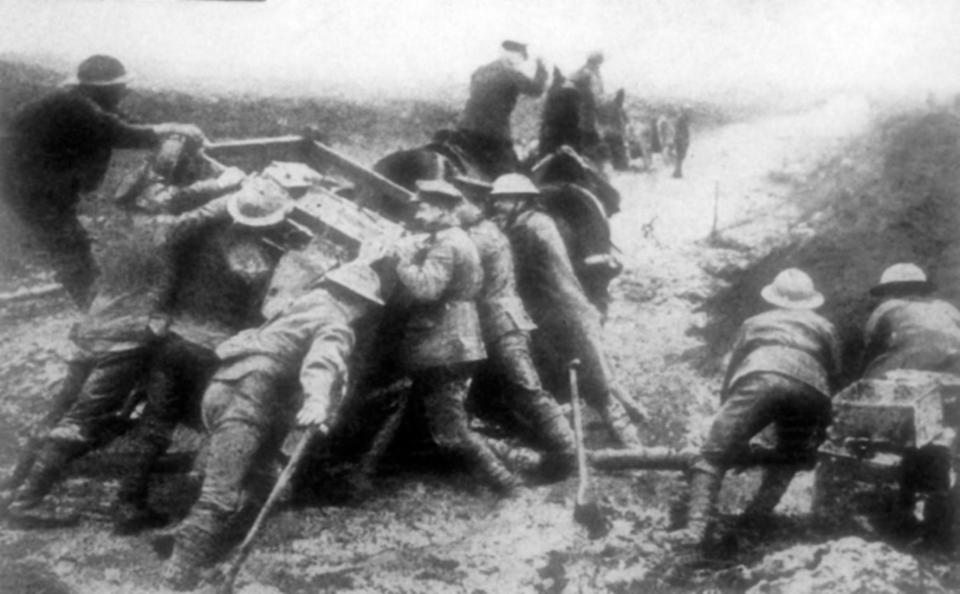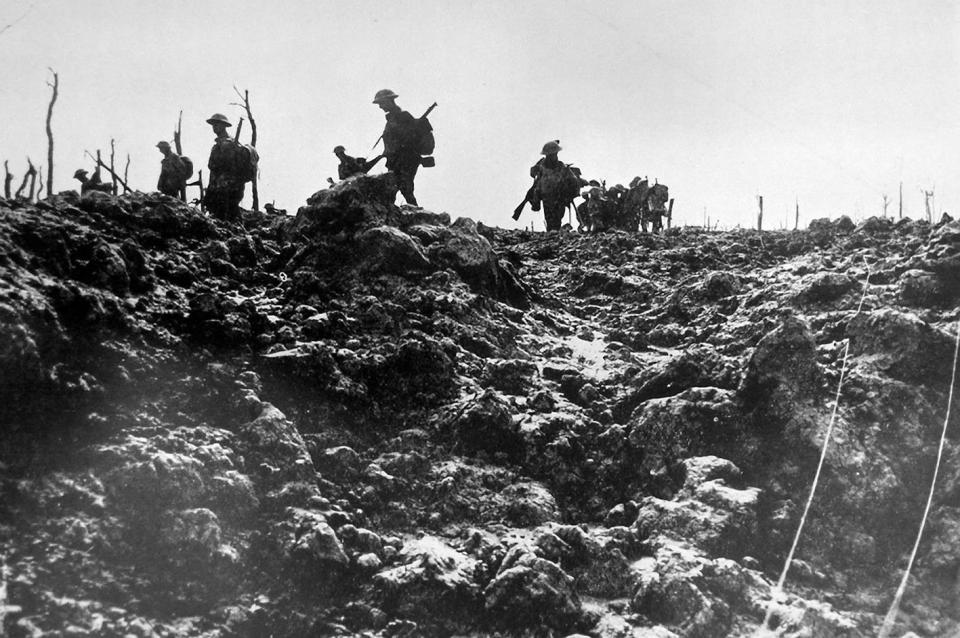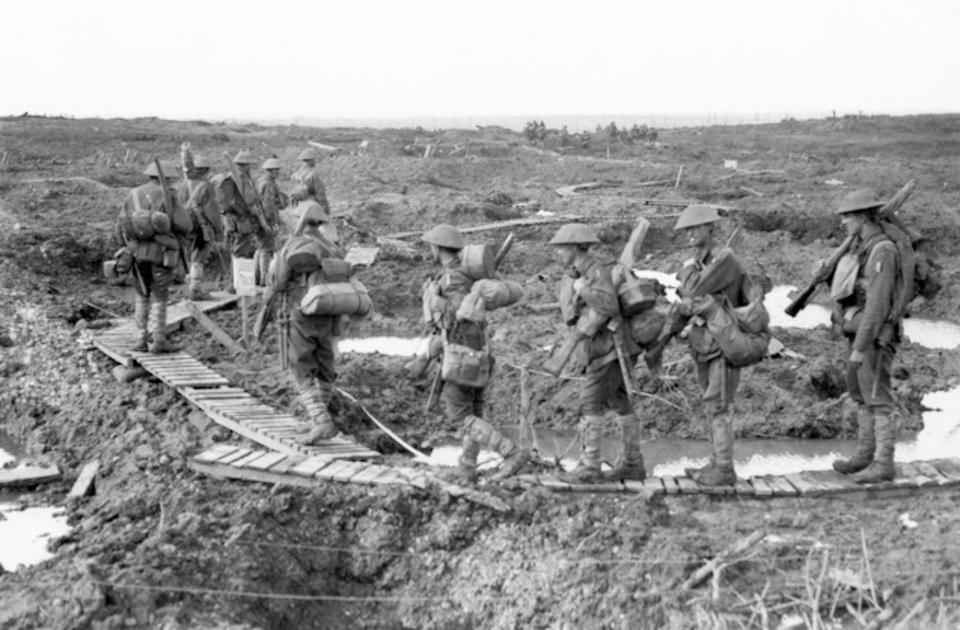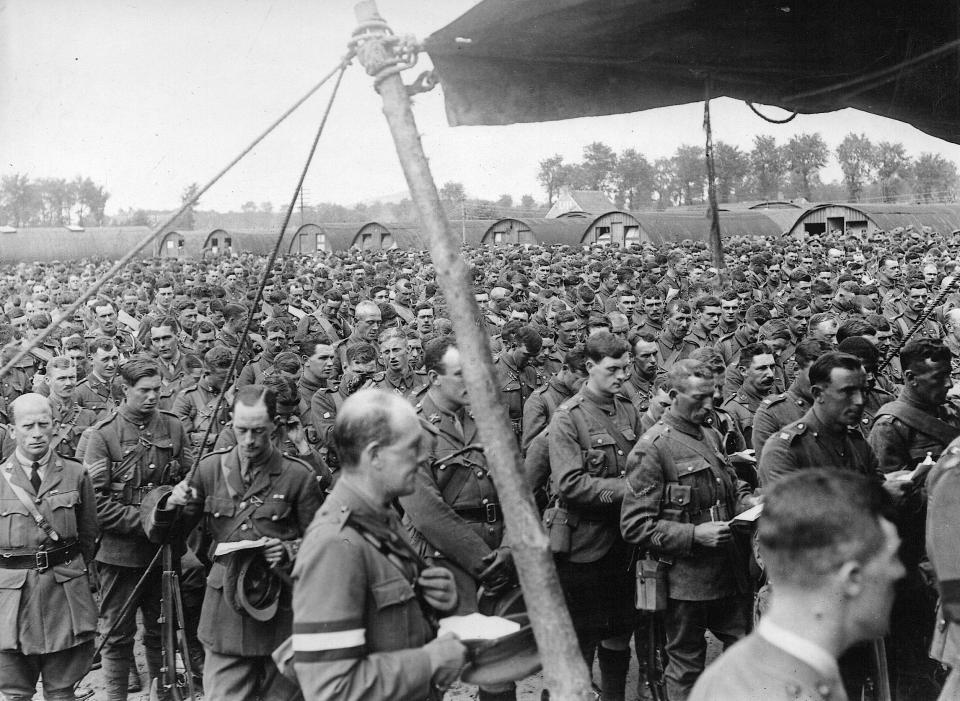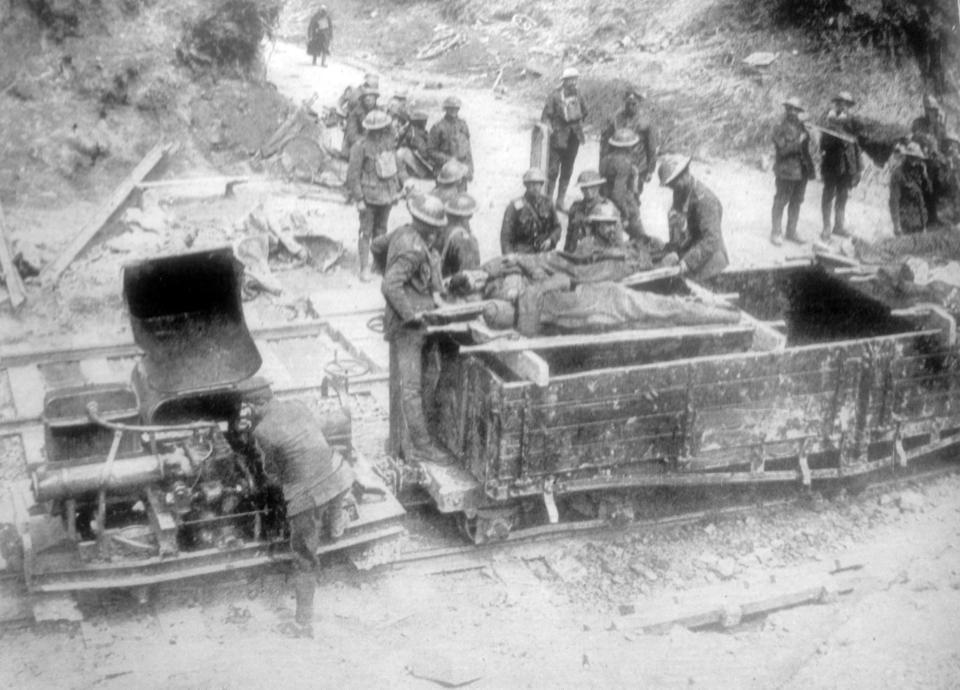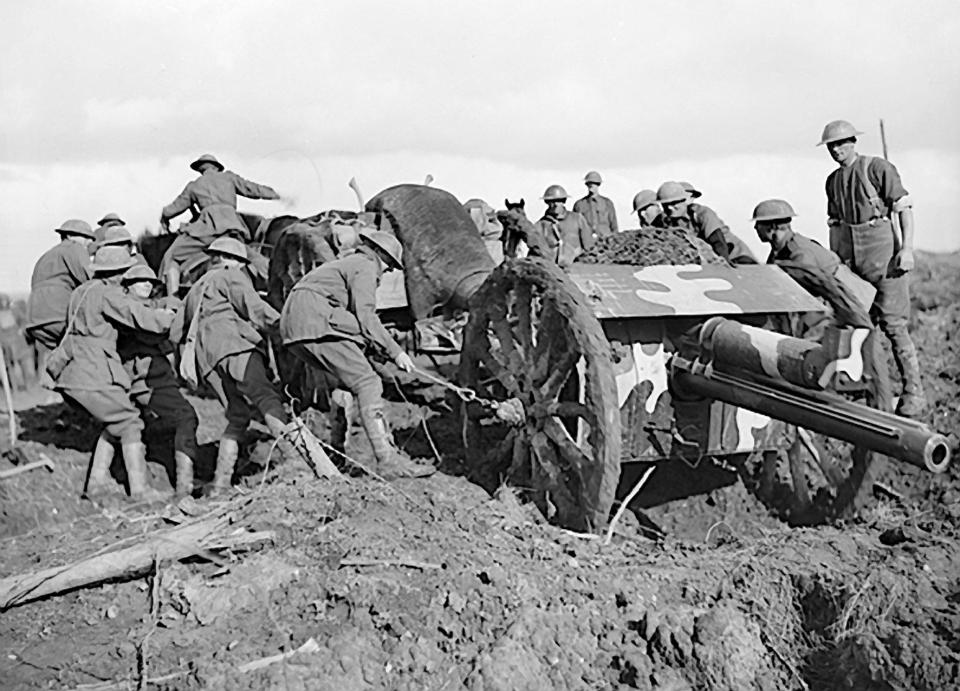Passchendaele battle horrors revealed in a new book’s shocking pictures 100 years after brave Tommies battled in the mud
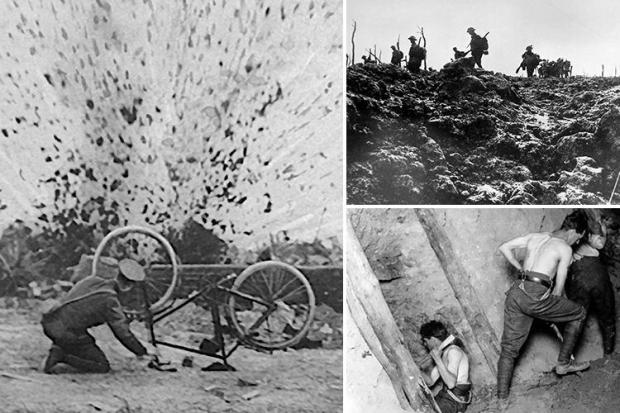
THESE haunting pictures reveal the grim and brutal reality of the Battle of Passchendaele, one of the First World War's bloodiest conflicts.
This week marks 100 years since fighting began on the bleak battlefields of Flanders, where troops were hampered by torrential rain which turned the ground into a deadly quagmire.
Incredible photographs show soldiers hauling cannons, trudging through mud and singing hymns at a church service.
Others show the harrowing injuries sustained by the soldiers during the conflict, which lasted from July 31 until November 7 1917.
They feature in a new book being released to coincide with the centenary of the terrible battle.
Passchendaele: 103 Days in Hell by Alexandra Churchill studies the fighting from the viewpoints of the men who were there.
Using graphic photographs, first-hand accounts, military records and information from descendants of the men who fought, the book reveals the true horrors of Passchendaele.
More than half a million men on both sides died in the battle, which Churchill describes as a "watchword for the wasteful horror of the Great War".
MOST READ IN NEWS
She writes: "The experiences of many tested the limits of human endurance time and time again as the Allies attempted to defeat Germany in 1917.”
Fascinating colour snaps published this week bring the harrowing reality of the battle to life.
British royals and Prime Minister Theresa May attended a commemoration in Belgium this week paying respects to the fallen.
But Jeremy Corbyn declined an invitation to attend the moving ceremony, going on holiday instead.
The infamous battle is know not only for the sheer number of casualties but also the horrendous fighting conditions the men were forced to endure.
British general Douglas Haig wanted the allies to launch an offensive on German positions in Flanders fields, aiming to break through their lines and reach the Belgian coast where they had a significant base of submarines.
On July 31, after two weeks of sustained shelling which saw more than 4.5 million shells dropped on German positions, the allies launched their attack - but it was a catastrophe from the start.
Within a few days of the launch of the infantry offensive, some of the heaviest rain for 30 years turned the battlefield into a quagmire, trapping thousands of men and horses and making it impossible to operate military equipment.
The attack resumed on August 16, but the weather made it impossible.
The two sides remained at a stalemate until September 20, when an improvement in the weather allowed allied forces to win battles at Menin Road Ridge, Polygon Wood and Broodseinde in the space of two weeks.
These victories led to British and Canadian forces taking what was left of the village of Passchendaele on November 6, but the capture came at a heavy price.
There were an estimated 325,000 allied casualties and 260,000 German casualties, making it one of the bloodiest battles of the First World War.
We pay for your stories! Do you have a story for The Sun Online news team? Email us at tips@the-sun.co.uk or call 0207 782 4368 . We pay for videos too. Click here to upload yours.


